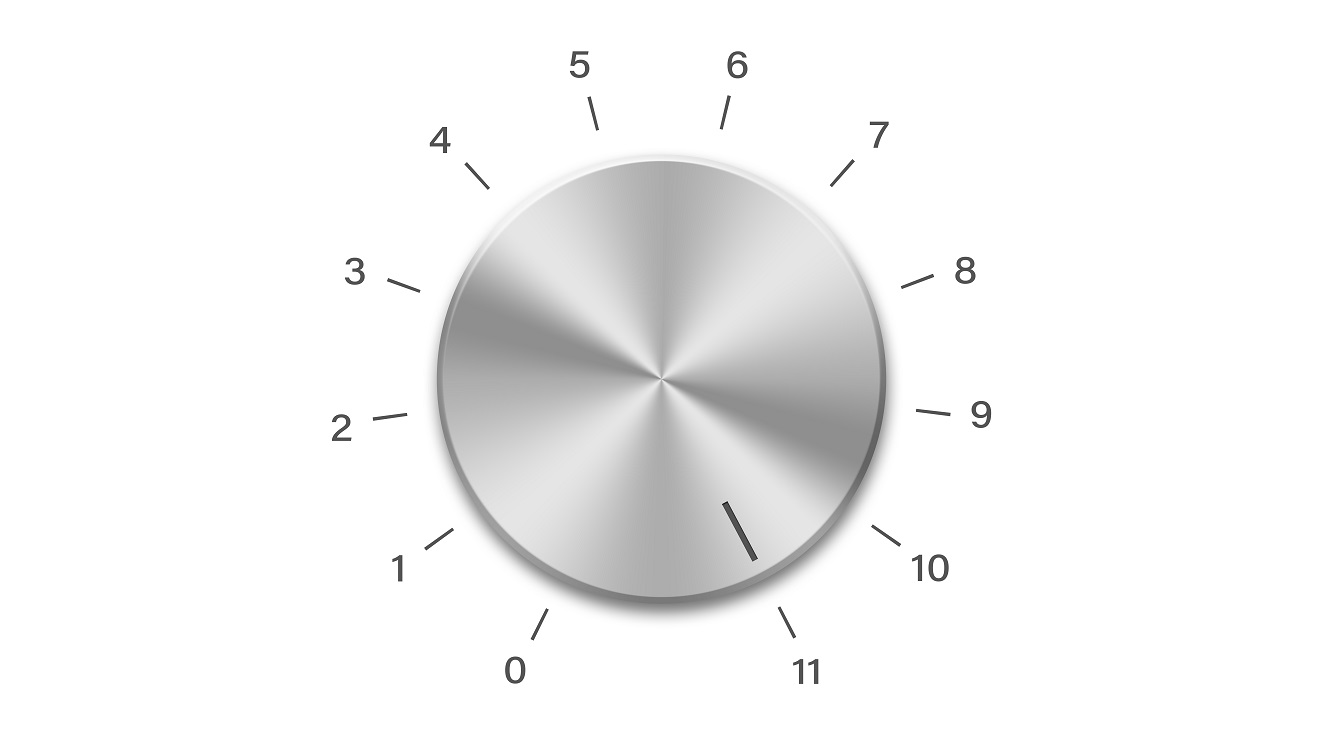Always a Reckoning
When a good market valuation measure rises, the extra return you celebrate has simply been removed from the future. When a good market valuation measure collapses, the shortfall of return that you suffer has also been added to the future. It’s important to know where you stand in that cycle.










